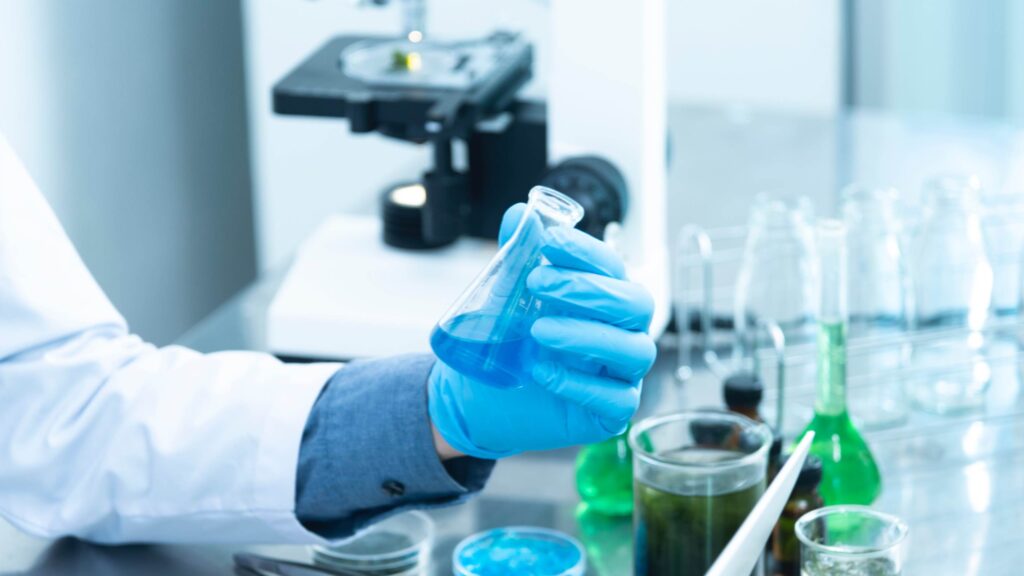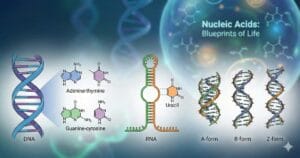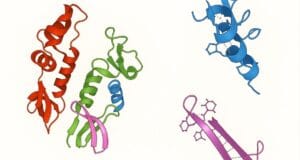
Welcome to the COMPETITIVE EXAM MCQs SERIES of ENVIRONMENTAL SCIENCE for UGC-NET/JRF, SLET, ARS, GATE, and other entrance tests – Environmental Chemistry – Principles of Analytical Methods.
Syllabus Outline
- Spectrophotometry and spectroscopy
- Principles of chromatography (e.g. TLC, GC, HPLC, IC)
- Electroanalytical techniques (e.g. potentiometry, voltammetry, electrophoresis)
- Quality assurance and quality control in environmental analysis
- Introduction to advanced techniques (e.g. ICP-MS, MS, NMR, FTIR)
- Statistical analysis of environment data.
- Reporting and interpretation of analytical results.
This quiz contains the concept-based most frequently asked 25 MCQs of “Environmental Chemistry – Principles of Analytical Methods“. Each question has a single correct/most appropriate answer.
1. As per Beer’s Law, the intensity (detected by the detector) of a ray of monochromatic light _________ as the concentration of the absorbing medium increases.
a) Decreases linearly
b) Increases linearly
c) Increases exponentially
d) Decreases exponentially
2. Is extraction possible when the feed (sample) and solvent are fully miscible?
a) Yes, since only the difference in solubility of the solute in the two solvents matters. The higher the difference in solubility, the better the separation.
b) It depends on the density difference between the two liquids. If this difference is higher than 25%, extraction is possible.
c) In this case, there will be only one phase after the settler instead of two. No extract or raffinate phases can be formed.
d) No, extraction is not possible anymore, since if the two liquids are fully miscible, the solute has the same solubility in both liquids.
3. Standard curves are prepared to calculate the concentration of the analyzed substrate with the help of a spectrophotometer by plotting concentration vs ______.
a) Transmittance
b) Absorbance
c) Absorption
d) Intensity of transmittance
4. Gas chromatography is a chromatographic technique that can separate _______ compounds.
a) Volatile inorganic
b) Volatile organic
c) Non-volatile inorganic
d) Non-volatile organic
5. Centrifugal force is generally expressed as _________
a) Rate of sedimentation
b) Revolution per minute
c) Sedimentation coefficient
d) Relative centrifugal force
6. Which of the following is not a limitation of Beer Lambert’s law, which gives the relation between absorption, thickness, and concentration?
a) Radiation must have a higher bandwidth
b) The radiation source must be monochromatic
c) Concentration must be lower
d) Does not consider factors other than thickness and concentration that affect absorbance
7. Mass analyser separates ions based on their _______ in a mass spectrophotometer
a) Mass-to-charge ratio
b) Charge-to-mass ratio
c) Mass
d) Charge
8. A diode array detector (DAD) coupled with UV detection is advantageous because:
a) It allows a single wavelength of detection to be more precisely chosen
b) It speeds up the detection at a single wavelength
c) It covers a range of wavelengths
d) It allows lower concentrations of analyte to be detected
9. The effective distribution coefficient of a compound in two immiscible liquids is close to 1, if ______.
a) The concentration of the compound is negligible in one liquid
b) The concentration of compounds is the same in both the liquid
c) The amount of compounds is the same in both the liquid
d) The amount of compound is negligible in one liquid
10. In exclusion chromatography, solute molecules are separated based on:
a) Molecular geometry and size
b) Molecular formula
c) Molecular phase
d) Molecular composition
11. Ionization of sample is mandatory in _______ analysis.
a) HPLC
b) Mass Spectrometry
c) AAS
d) UV-visible spectrophotometer
12. Chromatographic retention is due to:
a) Differences in absorbance in the UV detector
b) Different injection times by the autosampler
c) Deviations in the flow from the pump
d) Adsorption of the analyte to the stationary phase
13. At a certain temperature, the ratio of concentrations of a solute in two immiscible solvents is always constant. This ratio is called:
a) Total effective distribution coefficient
b) Effective portioning coefficient
c) Effective distribution coefficient
d) Distribution coefficient
14. In liquid-liquid extraction, 200 ml of organic solvent was added to a 100 ml water sample at the time of extraction. What will be the amount of analyte present in the organic sample, if the initial analyte concentration in the water sample is 500 mg/L and the distribution coefficient is 3?
a) 5 mg
b) 85 mg
c) 375 mg
d) 5 mg
15. Beer Lambert’s law gives the relation between __________.
a) Reflected radiation and concentration
b) Scattered radiation and concentration
c) Energy absorption and concentration
d) Energy absorption and reflected radiation
16. Which equation is correct to calculate transmittance in a spectrophotometer? If “I” is the radiation transmitted by the solution and “Io” is the radiation transmitted by the pure solvent (blank).
a) T = I – Io
b) T = I/Io
c) T = I + Io
d) T = Io/I
17. According to the Beer-Lambert Law, the absorbance of light by a solution does not depend on:
a) Solution concentration
b) The distance that the light has travelled through the sample
c) The extinction coefficient of the sample
d) Colour of the solution
18. The organic compounds are separated using GC due to differences in their ______ between the mobile gas phase and the stationary phase in the column.
a) Charge ratio
b) Polarity
c) Electronegativity
d) Partitioning behaviour
19. Which water parameters need to be analysed in situ only?
a) Temperature
b) Conductivity
c) pH
d) Turbidity
20. What is the unit of molar absorptivity or absorptivity, used to determine absorbance A in Beer Lambert’s formula?
a) No unit
b) Cm
c) L/gm cm
d) L/mol cm
21. The radiation transmitted by the sample A solution is 800 cd and the radiation transmitted by the pure solvent (blank) is 8000 cd. What will be the transmittance value of sample A?
a) 01
b) 1
c) 10
d) 1
22. The Beer-Lambert Law gives a linear correlation with a positive gradient between:
a) Absorbance and concentration.
b) Wavelength and absorbance.
c) Molar extinction coefficient and concentration.
d) Molar extinction coefficient and absorbance.
23. To analyse metal ions in the water sample, the sample is to be collected in a separate bottle and _______ to minimize precipitation.
a) Alkalify
b) Heated
c) Acidify
d) Neutralize
24. In thin layer chromatography Rf (relative front) will be close to 1, if a substance is ______ in solvent
a) It cannot be possible
b) Highly soluble
c) Not soluble
d) Sparingly soluble
25. In reversed-phase HPLC:
a) A hydrophobic stationary phase is combined with a polar mobile phase
b) A hydrophobic stationary phase is combined with a non-polar mobile phase
c) A hydrophilic stationary phase is combined with a polar mobile phase
d) A hydrophilic stationary phase is combined with a non-polar mobile phase
Previous: Airborne Carcinogens
Next: Fundamentals of Ecology
References
- Skoog, D. A., Holler, F. J., & Crouch, S. R. (2013) Principles of Instrumental Analysis, Cengage Learning, 7th edition.
- Christian, G. D. (2013) Analytical Chemistry, John Wiley & Sons, 7th edition.
- Manahan, Stanley E. (2019) Environmental Chemistry, CRC Press, 10th edition.

